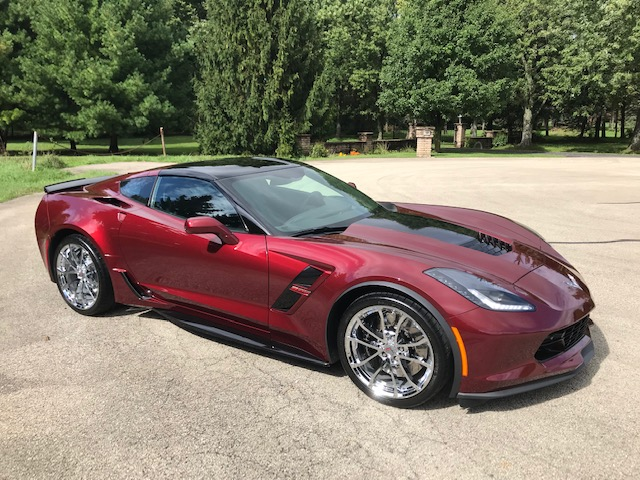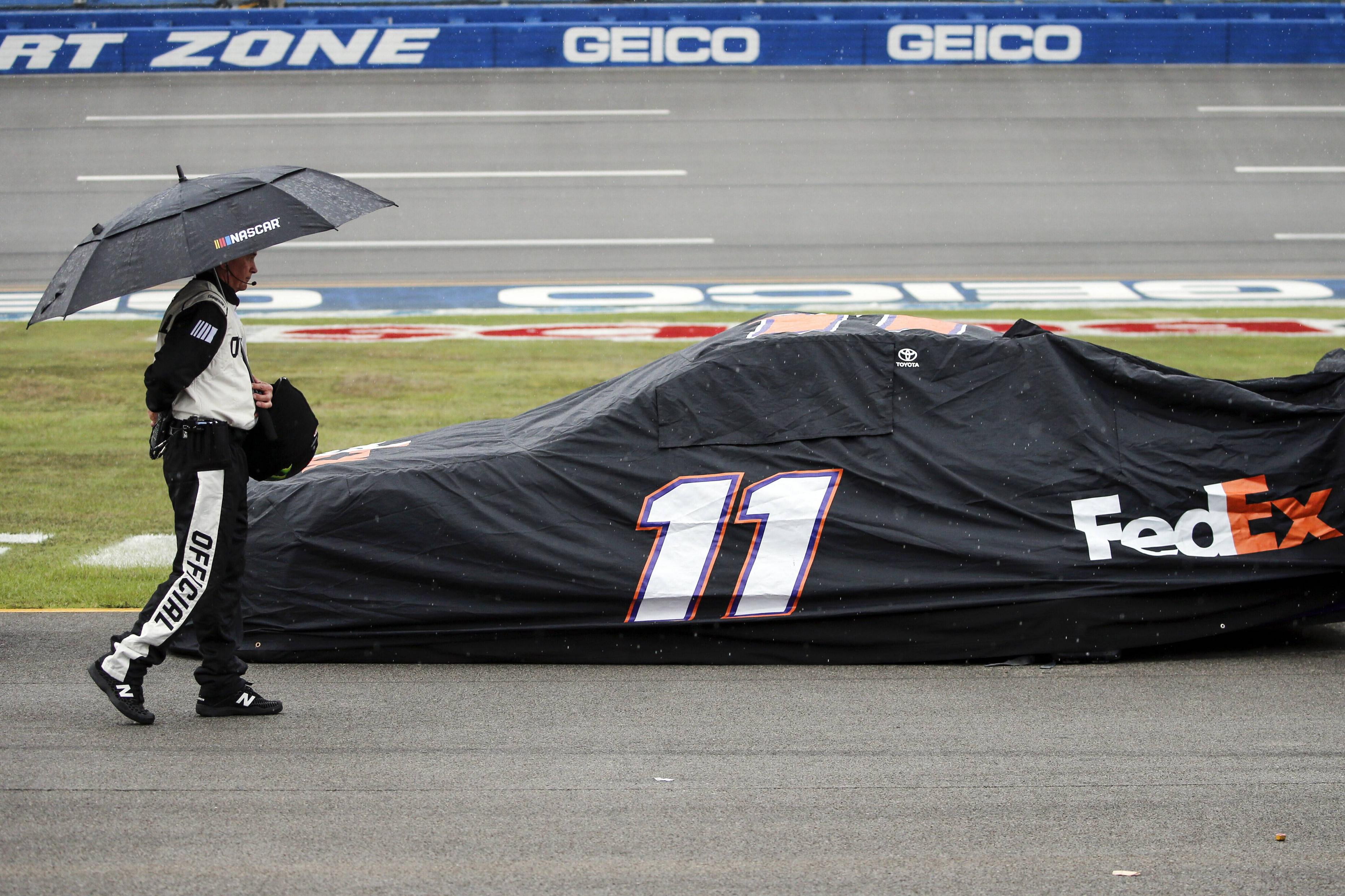
You're likely curious how long Formula One races take. A Formula One race should be at least 305 kilometers long. It is also the aim of the race to determine the speed of the race car. The cars are limited in gas capacity and therefore experience high amounts G-force during racing.
Formula 1 races have to be at least 355km long
Formula 1's rules stipulate that races must not exceed 305 km in length. Formula 1 races used to run for 300 km plus one lap. But, new regulations stipulate that races must be no more than 305 km in length and cannot last longer than two hours. Unfortunately, races can be stopped or delayed for weather reasons or accidents.
Formula 1 races must have a minimum length of 305km, or 260km for Monaco. Each race is different, however, and the formula governing its length has to be amended in order to accommodate different track distances.
Formula 1 races must be completed at least as many laps as possible
Formula 1 racing requires the completion of at least one lap to make a race a race. In most cases, that means covering 305km. There are exceptions. Monaco circuit for example does not require that you run a full race distance. Uniquely, the circuit winds through Monaco. It takes about two hours to complete the circuit. Despite this shorter distance, drivers still complete at least 78 laps.

Formula 1 races are very technical and require strategy and skill. The drivers have to throttle around at close to 200 mph while maneuvering their cars. The racers are also up against some of the world's most talented minds in motorsport.
Formula 1 pit stops
Pit stops in Formula One are an important part of the race. Different track conditions dictate that drivers use different strategies. They might use soft tires to start the race, and then swap for medium tires mid-race. They might then change to hard tyres towards the end. Pit stops typically last six to twelve second, but it may take longer if an issue occurs.
Modern F1 pit stops can take seven seconds or longer depending on the amount of parts and length of the pit lane. The pit crew works well together to complete the tasks in an efficient and effective manner. Pit stops are critical parts of a race. Teams must practice to be able to complete them quickly.
Formula 1 race length
Formula One regulations determine the length of each race. A Formula 1 race takes approximately one hour and fifteen minutes. The FIA, however, has set a limit of two hours for a race. The timer ends after the warmup lap and the formation lap.
Formula 1 races vary in length from year to year. Traditionally, a Formula 1 race would last around four hours, but since 2012, the minimum race length is three hours.

Formula 1 racing circuits
Formula 1 racing circuits vary in length, width, and number of turns. Before you go to a race it is important that you are familiar with the length and number turns of each circuit. You can measure the length of the circuit in laps or kilometres. Also, you should know the track's speed limits as well as gear selection and DRS zones.
Some circuits require more effort than others. Jeddah, for example, is notoriously challenging to navigate because of its narrowness. It is characterized by blind corners and blind spots. Albert Park's street circuit is another place where drivers have complained. This circuit is closed for traffic during Formula 1 weekend to ensure safety. It is however a highly-visited racetrack that draws large crowds during Grand Prix.
FAQ
Who invented car racing?
Charles Brady King, who constructed the first Long Island, New York automobile racecourse in 1896, invented it. July 4th of that year saw the inaugural auto race.
Are there rules about how a racecar should look?
No. No.
They must also adhere to safety standards.
What's the purpose of racing cars?
Car racing has the purpose of entertaining people. It involves watching cars move at high speeds around a track. It's also an opportunity for drivers to show off their skills and compete against each other.
Statistics
- Petty has won 200 NASCAR Cup Series races, a likely unbreakable record, along with a series record seven Cup championships. (frontstretch.com)
- According to AutoSport, IndyCar's top speeds are 380km/h or 236 mph. (motorbiscuit.com)
- This change may give an improvement of up to 29% fuel efficiency. (en.wikipedia.org)
- Acceleration is a little gentler (relatively speaking) too, with 0-100km/h taking an estimated 3.1 seconds and 0-200km/h covered in 7.8 seconds. (autosport.com)
- In 2013 Ferrari had an estimated team budget of $470 million, while elite IndyCar teams have an estimated annual budget of $15 million, according to FormulaMoney. (businessinsider.com)
External Links
How To
How to start racing abroad
First, locate a local team to practice and win. Due to the differences in driving laws, racing in other countries can prove very challenging. Some countries do not allow drivers to pass at any other point. Some countries restrict overtaking to entering a circle. Some countries require cars that make a certain sound when they enter or leave a roundabout. It is a good idea to check the regulations of each country before you travel overseas. This will ensure you don't get a ticket for breaking the law.